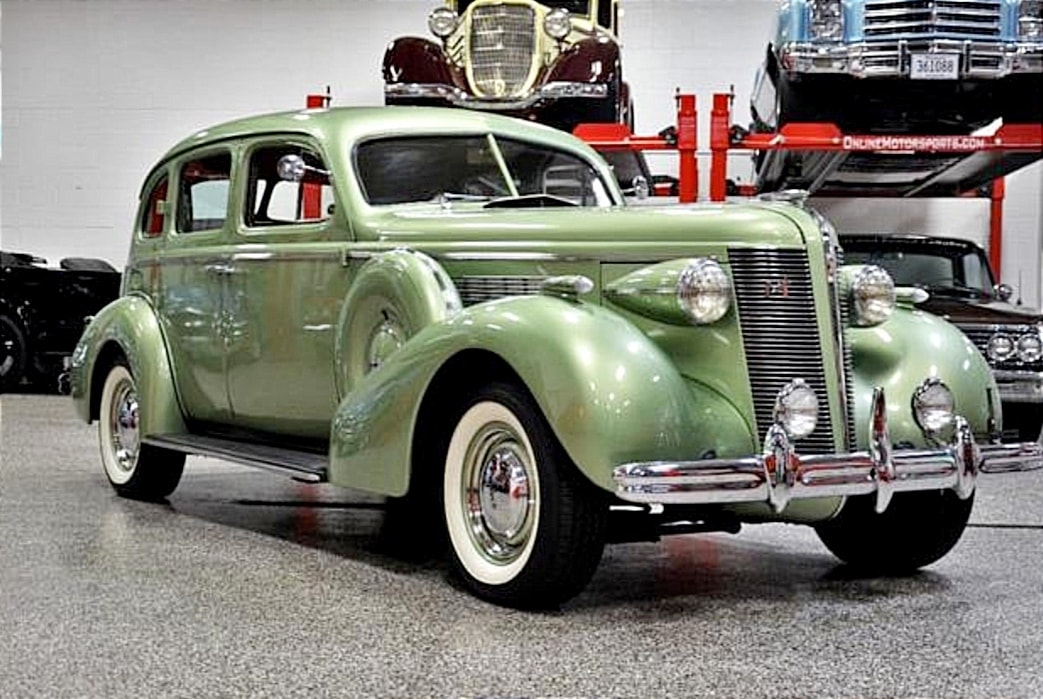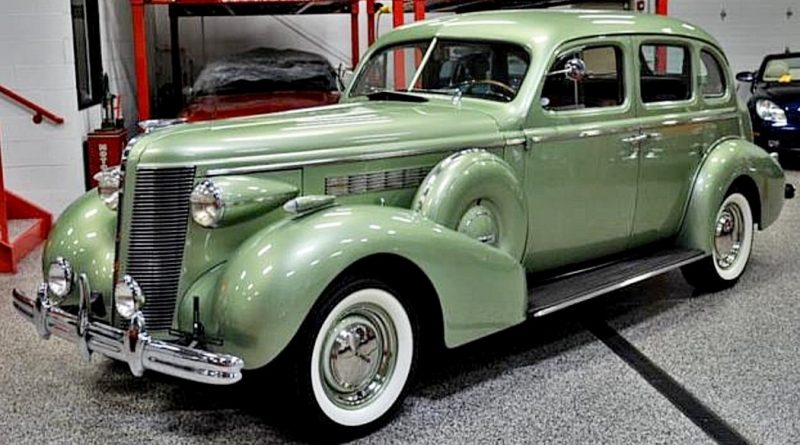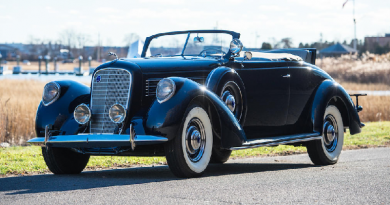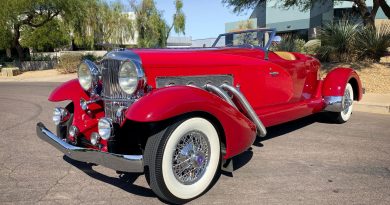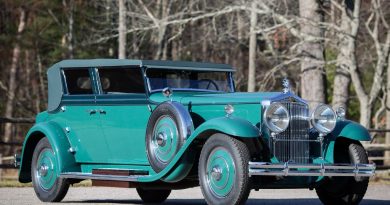1937 Buick Century Series 60
The first generation of Buick Century was introduced in 1936. The Century evolved from the 1937 Buick Series 60, and featured numerous updates and upgrades from the previous model.

The first generation Century was available as a sedan, coupe, or convertible, and was powered by a 5.2L inline eight engine. Production of the first generation Century ended in 1942.
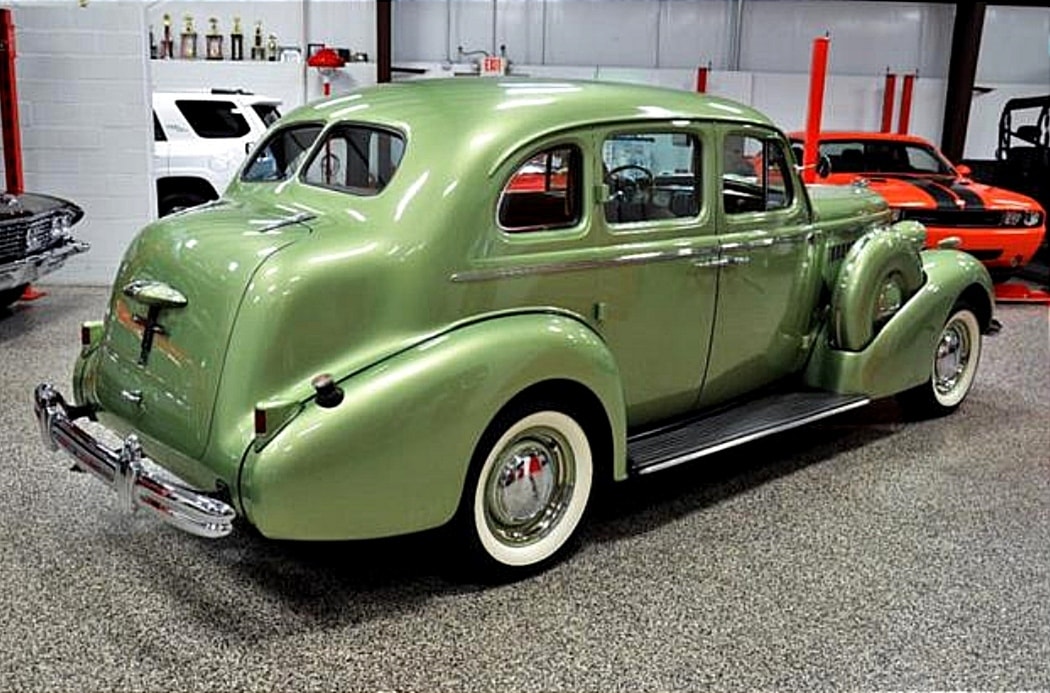
This gorgeous 1937 Buick Century Series 60 comes from the collection of a long-time owner. It has been the recipient of an older, but extremely high-quality restoration that still appears fresh. The light green paint remains in phenomenal condition and covers a remarkably straight all-steel body, a new construction method for 1937 that replaced the old steel and wood composite body. The interior of the car finished in tweed upholstery, is pristine. No signs of wear are visible on either of the bench seats, matching a flawless set of brightwork and switchgear. The famous 5.2L inline eight motor is fed by a pair of original Stromberg AA2 downdraft carburetors and still feels like a truly capable 100-mile-per-hour engine. Few cars from this era feel as comfortable and capable on modern roads, but this Century packs the performance and comfort necessary for any journey.

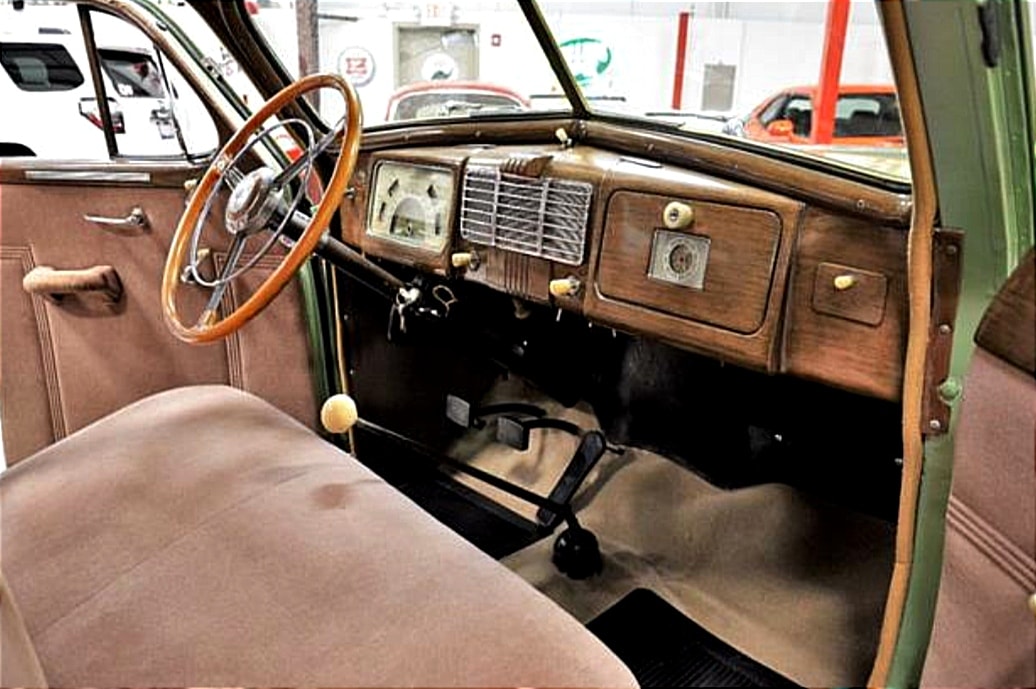
Its impressive performance, extreme luxury, and high-class appearance earned the Century the nickname “the banker’s hot rod.” The Century was, without a doubt, partially responsible for Buick’s survival as the early ’30s spelled disaster for the American marque.

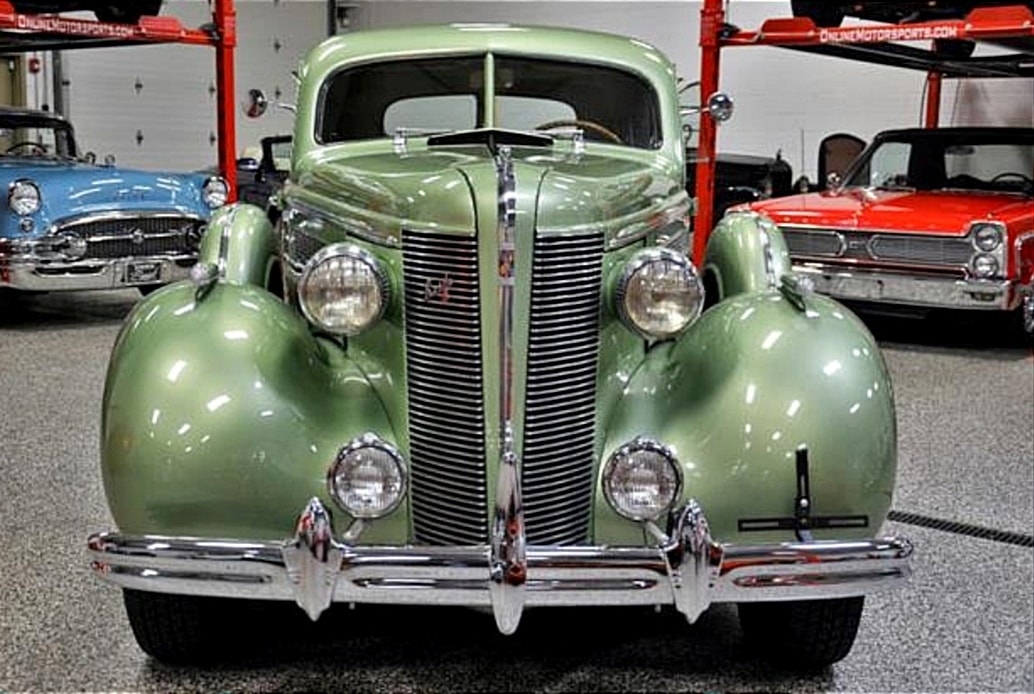
This 1937 Buick Century Series 60 is a four-door “Touring Sedan,” the most popular Century body style. Other choices included the two-door Touring Sedan, standard two- and four-door sedans, a convertible coupe, a sport coupe, and a five-passenger convertible phaeton. The ungainly-looking “trunkback” is not nearly as sleek as the sport coupe or standard two-door sedan, but it was somewhat more useful. One controversial stylistic point is the exaggerated crown of the roof, added at the insistence of Fisher Body to prevent drumming in the new all-steel “Turret Top.” Stylist (and future GM styling chief) Bill Mitchell, who worked on some details of this car, thought the car looked top-heavy.
